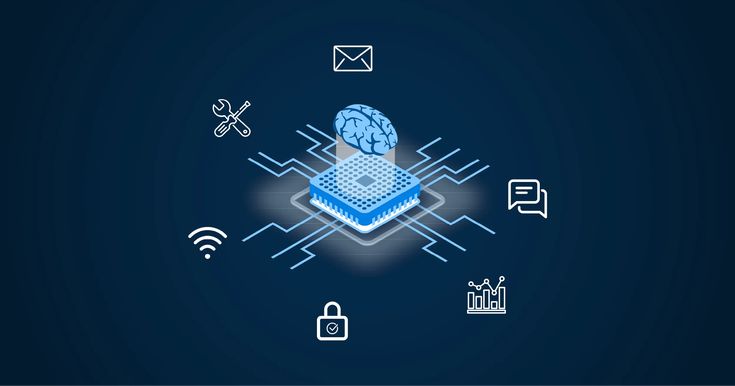Embedded systems are all around us—from smartphones and microwave ovens to cars and medical devices. At the heart of these systems lies a crucial component: the microprocessor. But why exactly is a microprocessor used in an embedded system? Let’s break it down.
What Is a Microprocessor?
A microprocessor is a compact, programmable logic device that performs arithmetic and logic operations. It serves as the central processing unit (CPU) of a computer system, capable of executing a set of instructions to carry out tasks. In simpler terms, it’s the “brain” that controls the functions of a device.
What Is an Embedded System?
An embedded system is a computer system designed for a specific function or application within a larger system. Unlike general-purpose computers, embedded systems are task-specific and often run on limited resources such as memory and power.
Examples include:
-
Washing machines
-
Smart thermostats
-
Automotive control systems
-
Wearable fitness devices
Why Is a Microprocessor Used in Embedded Systems?
1. Task Execution and Control
The main role of a microprocessor in an embedded system is to process instructions and control system operations. Whether it’s adjusting temperature, displaying sensor data, or controlling motors, the microprocessor ensures these tasks are performed quickly and efficiently.
2. Flexibility and Programmability
Microprocessors can be programmed to perform a wide range of tasks, making them versatile for different embedded applications. With software updates, functionalities can often be modified without changing the hardware.
3. Cost-Effective Solution
For many low-power or simple embedded applications, microprocessors offer a cost-efficient alternative to more complex processors or microcontrollers, especially when tasks are less hardware-intensive.
4. High Processing Power (When Needed)
In applications that demand high-speed computation—like image processing, real-time analytics, or communication systems—a microprocessor can deliver the necessary processing power.
5. Support for Complex Operating Systems
Unlike simpler microcontrollers, microprocessors can support advanced operating systems like Linux or Android. This makes them ideal for embedded systems that require multitasking or user interface capabilities (e.g., smart TVs or smartphones).
Microprocessor vs. Microcontroller in Embedded Systems
| Feature | Microprocessor | Microcontroller |
|---|---|---|
| Components | CPU only | CPU + memory + I/O on a single chip |
| Cost | Higher | Lower |
| Application | Complex systems (e.g., tablets) | Simple control systems (e.g., washing machines) |
| Power Consumption | Higher | Lower |
| Flexibility | More versatile, supports OS | More integrated, but less flexible |
Real-World Example
Consider a smart security camera:
-
The microprocessor handles real-time video processing, detects motion using AI algorithms, and streams footage to the cloud—all requiring high processing capability.
-
It runs an operating system that manages multiple tasks and connects with a mobile app.
This level of complexity is best handled by a microprocessor rather than a basic microcontroller.
Final Thoughts
A microprocessor is used in an embedded system when the application demands higher processing power, flexibility, and multitasking capability. From consumer electronics to industrial automation, microprocessors enable smart functionalities that define modern embedded systems.

